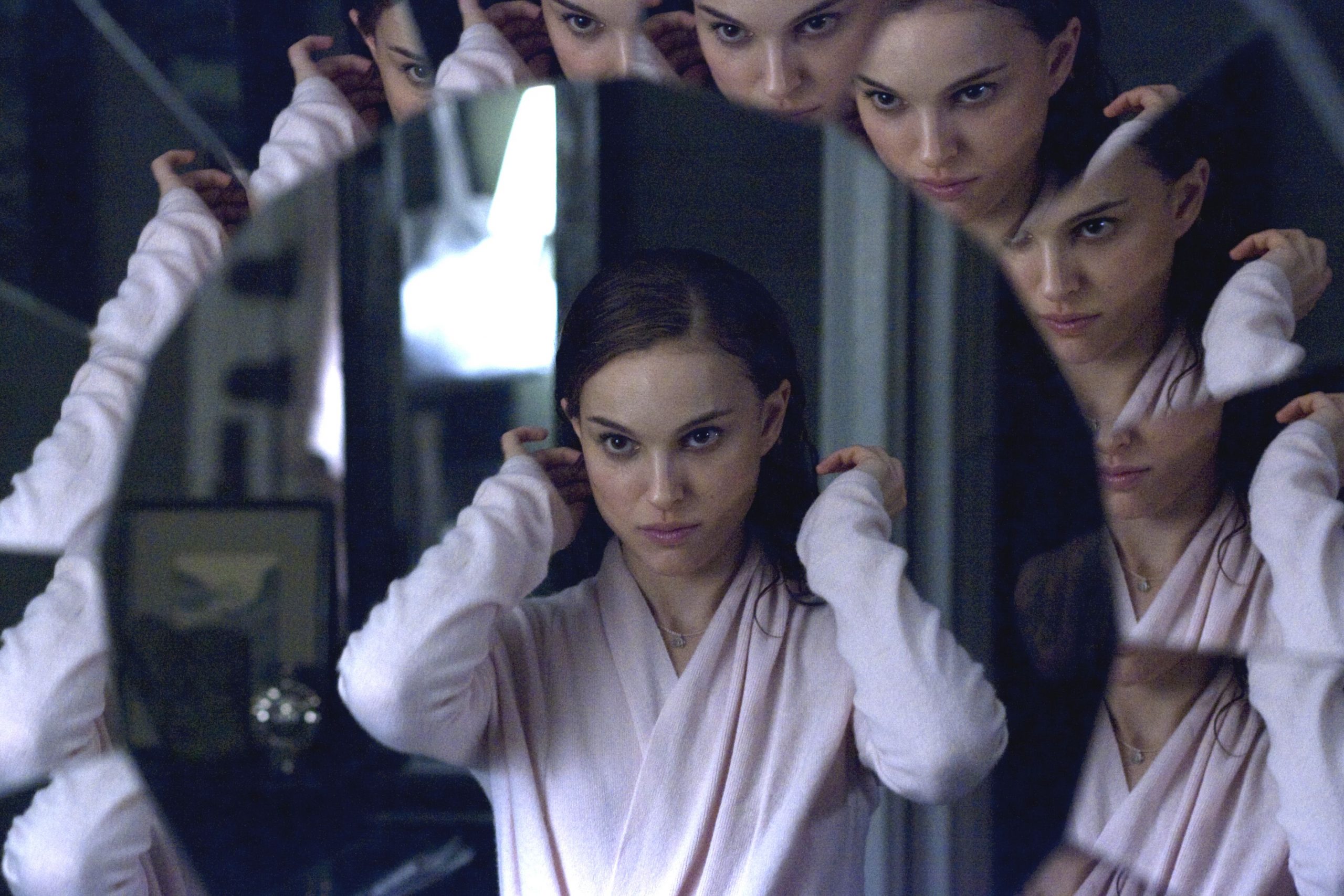In the next session, when the therapist told me that I should be friends with my shadow side, one unexamined question resounded in my mind: “Huh?” The shadow was associated with something negative, and in this sense, in fairness, there is no fault – in analytical psychology, the negative qualities of a person called the shadow, but they are distinguished from the usual “minuses” by the fact that they are not recognized as its owner.
In fact, the common belief that what bothers us in others is exactly what we have in ourselves arose from the suppression of our shadow side.
In simple words, the shadow is a blocked part of your personality, and although carefully ignored, it still manifests itself through desires, needs, and relationships with others. Why should I be friends with him? At the very least, it is an enormous source of energy that can be directed, at the maximum, in the right direction, as it is an essential part of your ‘I’.

Inna Tanchuk – Jungian psychologist, psychotherapist of the Yasno service
The concept of the shadow side of personality was introduced by Carl Jung, and in analytical psychology these are character traits, feelings, thoughts about which you can safely say: “It’s definitely not me!”
According to Jung, in the abyss of the unconscious everyone has impersonal universal images – archetypes activated in certain situations. He chose three main archetypes that form the basis of personality: Ego, Persona, and Shadow.

The ego is the center of consciousness, it contains all the thoughts, feelings and memories that make a person feel like a person.
A personality, “I exist through the eyes of others,” is a ceremonial portrait, a person’s self-image that he displays to the world around him.
A direct translation of the term from Latin is “mask”, “false face”. By wearing a mask, we present the character that is accepted by the society and deserves approval. The person helps us to feel that we belong to the desired social groups, but over-associating ourselves with the mask is dangerous and threatens the loss of individuality, the development of neurotic disorders.
If the person is who we want to appear in front of others, then everything society rejects is cast into the Shadow.
Our soul chooses to separate the feelings, behaviors, and traits that are not accepted and condemned by the society into the Shadow. However, emotions do not disappear anywhere and our true “I” is with us for life. Under a heavy ban stone, all this lives inside, trying to sneak out. The shadow side of personality not only influences our behavior, but often takes control of it. It does not report on superficial desires, but on deep, unrevealed needs.
It is reckless to think that the Shadow is a vessel of evil, it contains not only immoral, dark personality traits, but also elements of the soul that are not recognized by society.
Everything that a person does not want to be accumulates in the Shadow.
But not because repressed qualities are dangerous or repulsive, but because they have been shown to be unacceptable in the environment in which he grew up. As a result, in Shadow is ambition (“Keep your head down”), creativity (“Do not invent”), courage (“Do not look angry”), thirst for life, freedom (“It is not accepted in our family”). Even children’s talents (musical ear, art) that are not supported and approved by adults can be cast into the Shadow.
Emotional manifestations of the shadow side
• Immediate and/or emotional reaction to something or someone. Strong negative emotions – irritation, rejection, contempt, arrogance, anger, resentment, resentment, fear, discomfort, depression (“My girlfriend’s cheating on her boyfriend infuriates me, it’s stupid and immoral, I really want to reason with her!”);
• Emotional and categorical denial of any quality in oneself and others (“Stop blaming me for being too emotional!”);
• Uncontrolled outbursts of emotion – fear, anger, longing (ready to “kill”, lose my mind, I can destroy anything in my way) an “occupying” emotion.
Bodily manifestations of the shadow side
• Body blockages, pain, chronic diseases, recurrent injuries, stiffness, tension in the body, tics.
Behavioral signs of the shadow side
• Mechanical actions;
• Obsessive behavior (“I don’t want to do this, but I do”);
• Avoiding certain situations, relationships, types of people;
• Repeated negative situations (“I’m stepping on the same rake”);
• Similar attitudes of different people towards you.
Mental manifestations of the shadow side
• Stereotyped thinking, rigid attitudes and beliefs;
• Excessive criticism towards other people;
• Resistance to feedback, desire to prove one’s own assertion and inability to listen to others;
• Desire to argue persistently, to insist on one’s own, to have the last word;
• Mental blockages: “I do not understand”, “I do not hear”, “I do not see”, “I forget”.
Manifestations of the shadow side in dreams
• Dreams with threatening, emotional themes, dreams with repetitive plots.
The shadow often appears in dreams as something dark, primitive, a creature with a veiled face or hood, a wild beast, or even simply an invisible being; what is invariable is that such a dream is accompanied by a strong fear of this alien energy. To a neat, organized person, the rejected part may seem like a dirty bum, something crazy or unreasonable, ridiculous. In front of an admirer of control and discipline, Shadow may appear as a primitive, uncontrollable savage or a raging element. Carl Jung noted that usually the Shadow has a gender and is the same as the dreamer’s gender.
How would you describe your shadow side and why do you need to work with it?
The easiest way to find your shadow is with projections.
Most of the time, the things that annoy or admire us in other people are within ourselves.
Notice the traits or behaviors of the other person that make you feel strong and try to analyze why you are overreacting, which you cannot afford. You can make a list of traits that you think are completely foreign to yourself but that you notice in others.
Any negative assessment in the modern world is subjective. What is bad for one is pure pleasure for another. Features that were isolated and cast aside in the distant past can be indispensable and useful today.

The shadow is a vital source of energy, spontaneity and creativity in the life of every person.
As long as the shadow is not noticed, it can control us. And while we hold this unconscious toxic burden, we deny its existence and harm ourselves. The more we resist our own Shadow, the greater its poisonous effect on our lives, the darker and more terrifying it becomes. As the shadow becomes more and more aware, we take back the rejected parts of ourselves, returning to ourselves the spontaneous, vital, instinctive energy that has been collecting dust in a dark basement for years.
How do I draw the contents of the shadow into the light? Logic and sound judgment are powerless here. The good news is that Shadow manifests itself in many indirect ways. If you’ve ever thoughtlessly said something harsh to people or done things that were not unique to you, you later regretted it and asked, “What happened to me?” You were tormented by the question. A denied Shadow can accumulate potential for a long time and then suddenly and unexpectedly burst into consciousness in the ugliest ways.
The shadow always shows what is important to us.
We are jealous – we limit ourselves, we do not allow ourselves what we want. We are jealous – we feel insecure, insecure. We condemn a colleague for initiative – we want to be noticed, recognized.
Under the influence of the shadow, we attribute rejected aspects of our character to other people. This mechanism is called projection. So our soul protects us from the idea that we have all these annoying, disgusting traits in ourselves. So, in the office, a timid, punctual, responsible employee literally turns blue with hatred when he sees a colleague flying ten minutes late with a cup of cappuccino in his hand and enthusiastically chirping about the new manicurist. Such a strong response, insufficient to the stimulus, indicates that the girl was suppressed by the part responsible for the spontaneity, frivolity, which probably overexpressed her deceased colleague.
It is impossible to destroy Shadow. You can only connect with it: recognize its presence and decide for yourself how to live with it more. There is no universal technique: much depends on the individual’s level of development and self-awareness.
Useful Shadow Techniques
• Projection reversal. If there is something in others that bothers or fascinates us greatly, it is worth recognizing that it may be our trait (past, present, or future action).
• Separating one’s own shadow from the collective. It is important to learn to separate your own feelings and perspectives from those imposed on you by other people (for example, important adults in childhood).
• Rituals. They often help us realize our fears or aspirations.
• A game. In games and sports, we can show many features that we usually hide from others. This is the basis of a whole field of study with personality – psychodrama.
• Humor. The more you make fun of yourself, the less you fear that others will do it for you.
• Art. You can express your shadow through drawings, sculptures, music. Good results are achieved by active imagination, “writing” Shadow.
Usually, working with Shadow consists of three phases: search (discovery), acquaintance, transformation (integration).
Accepting shadow qualities does not mean indulging them. Rather, we gain the ability to control them when we see them as part of ourselves. By revealing our shadow manifestations, we refuse to idealize ourselves, accept our imperfection and refuse to come to terms with it, and through this refusal of illusion, we gain strength and courage to be real ourselves.
Relationships with the shadow are similar to relationships with a person, in some things you have to go against the line and on some things you have to agree and surrender.
The shadow becomes the enemy only when it is ignored and misunderstood.
Why is it said that life is “pumped” once the shadow side’s denial is over?
Even if you show a person his Shadow, he will defend his erroneous view of what is going on. Most people resist embracing their shadow side and are afraid to admit that the impulses and traits they deny are their own. When we stop denying our shadow, we become aware of aspects that we didn’t know existed or didn’t want to know. When you see and accept your opposites, your inner struggle will stop and you will feel relaxed. This will help release a huge reservoir of creative energy.
To do this, you must accept that the struggle between you and other people is a battle between you and your own Shadow, your symptoms are created by you, not the outside world.
You are the cause of your emotions, not the results.
It is difficult and frightening for every person to meet their Shadow, on the way he will have to destroy and reshape the usual ideas about himself, and it hurts.
Source: People Talk
Errol Villanueva is an author and lifestyle journalist who writes for The Fashion Vibes. With a passion for exploring the latest trends in fashion, food, travel, and wellness, Errol’s articles are a must-read for anyone interested in living a stylish and fulfilling life.





